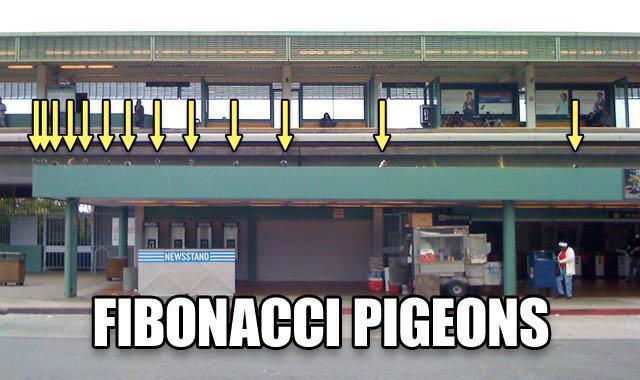If you’ve ever read the famous book by Dan Brown called the Da Vinci Code then you’ve probably heard something about the Fibonacci Sequence. By using the Fibonacci Sequence you can work out the next number in a sequence by uisng the previous two digits. A selection of professional gamblers have taken this sequence and adapted into Fibonacci Roulette system for playing games of chance and in particular roulette. It’s not too difficult to play but it needs a little background in the mathematics first.
Let’s start with the very simplest sequence to illustrate Fibonacci of simply 0,1. According to Fibonacci, the next number in this sequence would be 1 again simply because 0+1=1. So our numbered sequence now consists of 0,1,1. To continue using our rules, the subsequent number would be 2, i.e. 1 + 1 = 2. As we continue our sequence will develop, it will start to look like this – 0,1,1,2,3,5,8,13,21 and so on either until you decide to end the sequence or infinity whichever comes sooner!
Here’s the formula for a Fibonacci Sequence
The Fibonacci numbers are found in numerous mathematical occurrences and even as part of the natural world. Illustrating branches in trees, arrangements of leaves appearing on a stem and have even appeared in a description of the reproduction of a honey bee colony.
But all this is fine but it just a simple piece of mathematical progression – but it doesn’t look like it can form the basis of a roulette system. However the Fibonacci sequences are ideal as a way to progress your bets especially with a negative progression system. You keep placing the bets related to the sequence numbers until you place a losing bet. Using Fibonacci you must then make your next bet the value equal to the two previous bets.
Like most negative progression systems, it’s a way to eliminate your losses by compensating for losing bets.On paper it works fine, but unfortunately like any roulette strategy it doesn’t actually alter the odds of you winning or losing. There’s no doubt it can help you manage your stake and reduce problems most systems have with table limits. It should be stressed that Fibonacci is not a sure fire way to success – unfortunately.
To use Fibonacci effectively you should use very small stakes, or just use it as a basis for your roulette entertainment. As with all these systems try them on a free play system online first – for instance use our own freeplay roulette game. But remember you’re not going to retire on just using this system.

{ 1 comment… read it below or add one }
You can bet on the zero. It counts just the same as any other nuebmr.The house edge isn’t so much from the 0 or 00. It’s from the fact that there are actually 37 or 38 nuebmrs on the board, but a straight bet pays off at 35 to 1. Think of it this way (assuming American roulette). If you put $1 on every available nuebmr including 0 and 00, you would have spent $38 . The house will pay the winning nuebmr $35, plus the initial $1 bet, for $36 total.The house will take in $38 and pay out $36, for a profit of $2. In European roulette the profit is $1.The same concept applies for the outside bets. If you spin the wheel a large nuebmr of times, you will find that it averages to 18 reds, 18 blacks, 1 zero and 1 double zero.If you consistently place $1 on red, for instance, then for every $38 you bet you will win $18 and lose $20 for a net loss of $2.